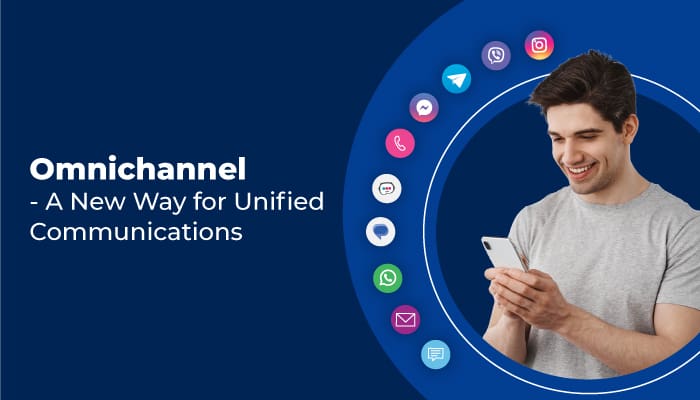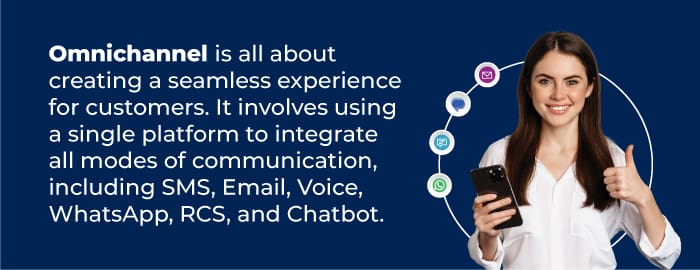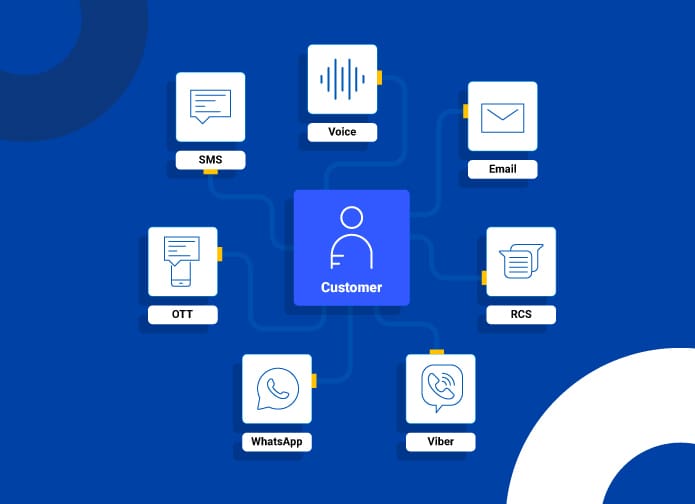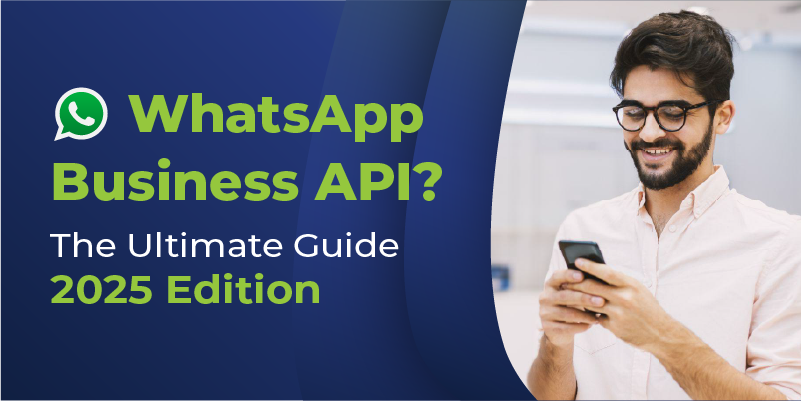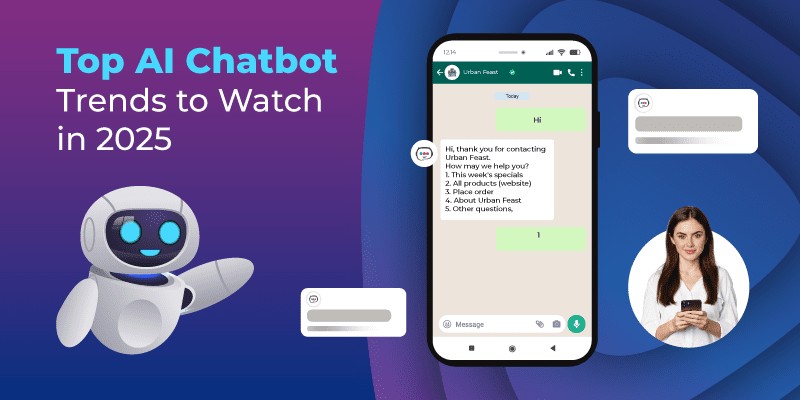Introduction
Mobile phones have had an impact on almost all walks of human life, be it business, education, health, and social life. As per research, the average daily mobile device usage is 3 hours, with 1 in 5 smartphone users spending over 4.5 hours.
Mobile phones are the most common device consumers use today to shop online. Globally, the number of people sending and receiving text messages is projected to reach 5.9 billion by 2025 (slicktext). However, being able to start a conversation on one channel of communication and continue to experience it on another channel is an example of consistent customer experience.
Enterprises want to offer a similar customer experience to ensure good customer engagement at a channel of choice. The omnichannel platform is a perfect example of a great customer experience.
Benefits for Enterprises
It is the seamless integration of an organization’s channels, processes, and strategies to gain the ability to engage with consumers anytime, anywhere, and on any device. It further tracks conversations at relevant touchpoints for actionable insights. Omnichannel can help enterprises transition from managing messages across multiple channels and devices to a unified solution through a single API.
Here’s an illustration to help you visualize it
Imagine a traveler who wants to receive SMS notifications for any changes in their itinerary. In case of flight delays or cancellations, which might cause changes in their connecting flight, SMS might not be enough to reach the customer. Therefore, a voice call, an email, or an OTT message can be a backup solution to ensure all passengers are notified of any changes. This way, even if some passengers are unreachable by SMS, they can still be informed of the changes through an alternative communication channel.
Omnichannel has been designed to address some of the key challenges faced in the communications industry today, such as hindrances associated with multi-API management, the absence of inter-channel links, additional development time, and issues with documentation, invoicing, and reporting. It can also reduce the time to market, enrich data analytics, ensure easy integration, and reduce dependency on multi-channel APIs with hyper-personalization.
An omnichannel experience can compel customers to shop more and create true brand loyalty. Implementing an omnichannel retail strategy seems like a step in the right direction for enterprises to leverage this significant psychological shift in the mindset of an Indian consumer.
To better understand and learn how to communicate with customers through an omnichannel approach, chat with us.

